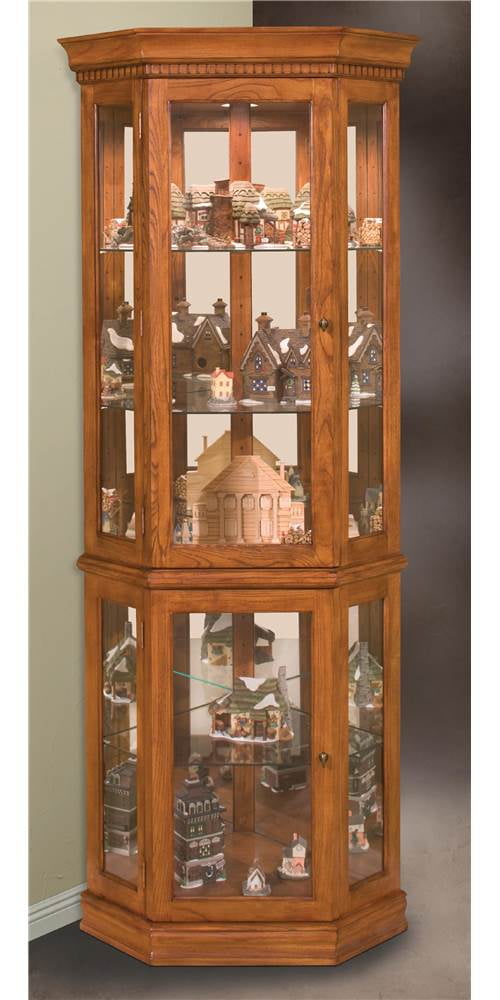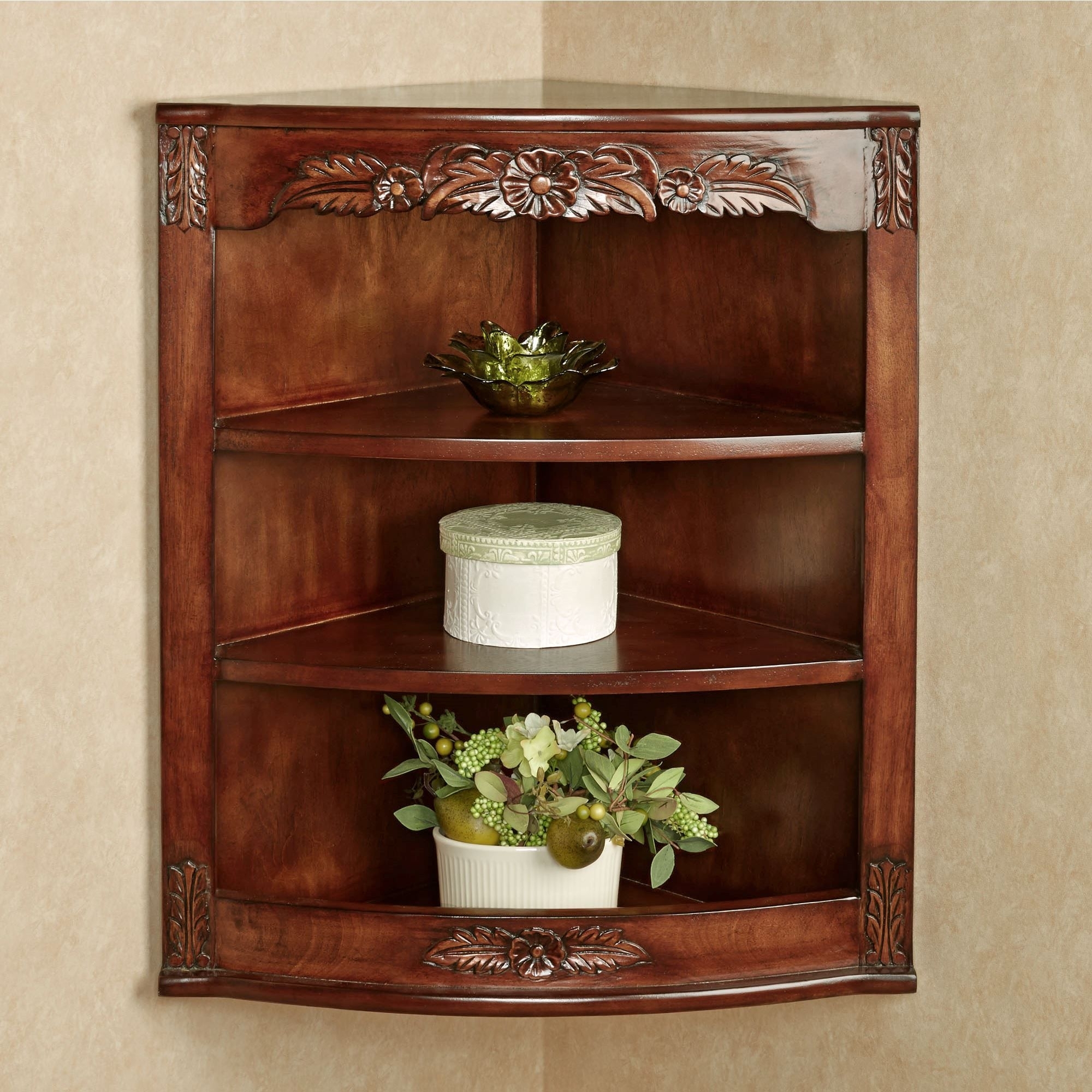

What Do You Put in a Curio Display Cabinet? A removable panel or a secured door provides additional security by allowing visitors to see the collection while keeping it safe from damage and theft. Protects CollectiblesĪnother aim of a curio cabinet is to safeguard the value of a collection, which it accomplishes by keeping dust and insects from coming into contact with it. A mirror at the back of most curio cabinets, as well as glass on each side of the cabinet, allows for maximum viewing.

A curio cabinet can also be used to display a single object of particular interest in a more formal setting. What are They Made of?Ĭurio cabinets are typically made of glass with a metal or wood framework. What Is a Curio Cabinet?Ī curio display cabinet is a specialized type of display case, made primarily of glass with a wood or metal framework, which is used to display collections of curios, such as several objects of different categories that pique the interest of the viewer and may be related by a common theme. We’ve made a list with some of the best corner curio cabinets whilst judging them based on construction quality, shelf adjustability, and weight capacity. Have you ever wanted a cool way to display vacation souvenirs, family heirlooms and photos, and other trinkets you feel worthy of showing? If so, a corner curio cabinet can do all that while also allowing you to make good use of that dull corner space that’s sitting there empty. Whether you’re seeking a playful sideboard made of colored glass and metals, an antique Italian hand-carved storage cabinet or a glass-door vitrine to store and show off your collectibles, there are options for you on 1stDibs.By Candace Osmond | Published on Aug 13, 2021 A contemporary case piece with open shelving and painted wood details can prove functional as a storage unit as easily as it can a room divider. In the spirit of positioning your case goods center stage, decluttering can now be design-minded. The very history of storage case pieces is a testament to their versatility and well-earned place in any room. It wasn’t until the design made its way to North America that it became enlarged and equipped with enough space to hold clothing and cosmetics. The drawers served as perfect utensil storage.

This furnishing was initially a flat-surfaced, low-profile side table equipped with a few drawers - a common fixture used to dress and prepare meats in English kitchens throughout the Tudor period. Mid-century modern credenzas, which, long and low, evolved from tables that were built as early as the 14th century in Italy, typically have no legs or very short legs and have grown in popularity as an alluring storage option over time.Īlthough the name immediately invokes images of clothing, dressers were initially created in Europe for a much different purpose. For these highly customizable furnishings, designers of the day delivered an alternative to big, heavy bookcases by considering the use of space - and, in particular, walls - in new and innovative ways. Mid-century modern furniture enthusiasts will cite the tall modular wall units crafted in teak and other sought-after woods of the era by the likes of George Nelson and Finn Juhl. In the mid-19th century, cabinetmakers would mimic styles originating in the Louis XIV, Louis XV and Louis XVI eras for their dressers, bookshelves and other structures, and, later, simpler, streamlined wood designs allowed these “case pieces” or “case goods” - any furnishing that is unupholstered and has some semblance of a storage component - to blend into the background of any interior. Of all the antique and vintage case pieces and storage cabinets that have become popular in modern interiors over the years, dressers, credenzas and cabinets have long been home staples, perfect for routine storage or protection of personal items.


 0 kommentar(er)
0 kommentar(er)
